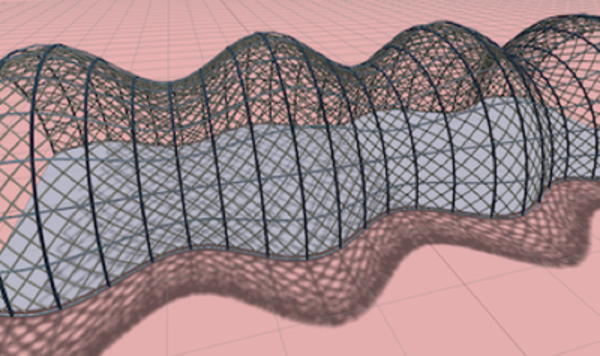Price:
4885 EUR
Contact
National University of Singapore
Description
Spatial Computational Thinking is increasingly being recognised as a fundamental skill for various spatial disciplines. It involves idea formulation, algorithm development, solution exploration, with a focus on the manipulation of geometric and semantic datasets. In this Professional Certificate Program, you will learn the theoretical knowledge and practical skills required for leveraging computation for the manipulation of various types of spatial data.
The program consists of four courses, starting with the fundamentals and gradually increase in complexity.
The first course – Procedural Modelling – focuses on the fundamentals of procedural programming in a 3D environment. You will learn to write computational procedures using data structures and control-flow statements to automatically produce geometric models.
The second course – Semantic Modelling – focuses on augmenting geometric models with an additional layer of semantic information. You will learn how geometric entities can be tagged with additional attributes, and how these attributes can then be used for querying your models.
The third course – Generative Modelling – focuses on generating complex spatial information models capturing various relationships and constraints. You will learn how to tackle challenging problems by integrating multiple procedures that work together to generate spatial information models.The fourth course – Performative Modelling – focuses on evaluating alternative spatial configurations to support evidence-based decision making. You will learn methods for calculating various spatial performance metrics related to the built environment that can be used for comparative analysis of design options.
All the courses will use a free and easy to use browser-based software to write algorithms for generating and visualizing 3D models, called Möbius Modeller. The programming language uses a visual programming approach combining flowcharts with procedural programming. This will allow you to quickly learn the knowledge and skills required for writing complex computational procedures for generating, analysing, and visualizing complex 3D spatial information models. The programming knowledge you gain will be highly transferable if you later choose to use other languages such as Python or Javascript.
Specific details
Category of Education
Computer Sciense and IT
